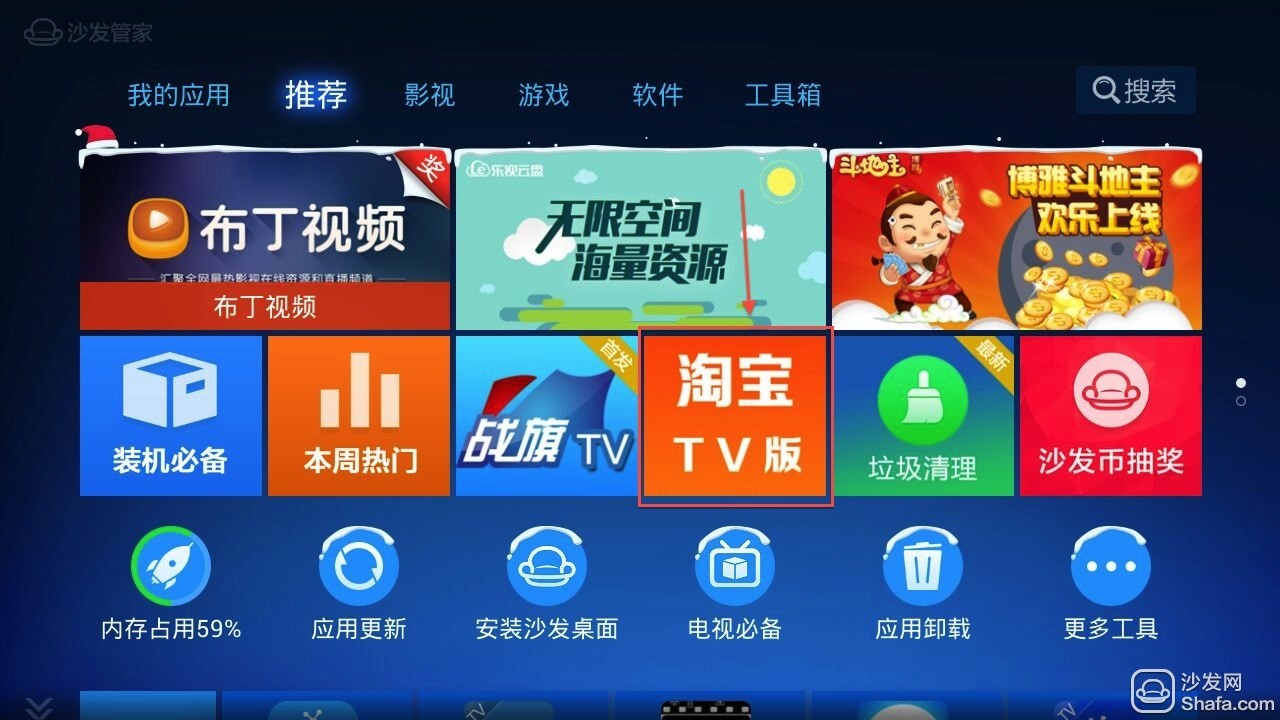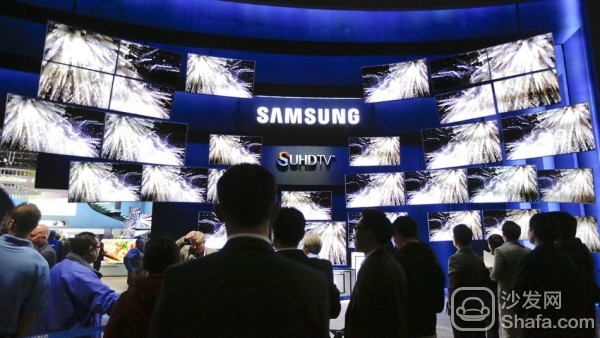
In recent years, the development of display screens seems to have touched the top of technology development, and the resolution and color gamut that manufacturers are braving have reached an incomprehensible level. However, if we think that development has already reached the end, I am afraid that this industry is doing its best to achieve a breakthrough.
In the past few years, with the development of 3D TV, the display industry has had some gains and losses, and now they are back with the features they want. In addition to achieving the highest resolution and ultra-clear picture quality, there are other features that make people interested. In short, the display industry is still full of vitality. The following are the arguments obtained at CES 2015:
1. 4K is not enough, to 8K!
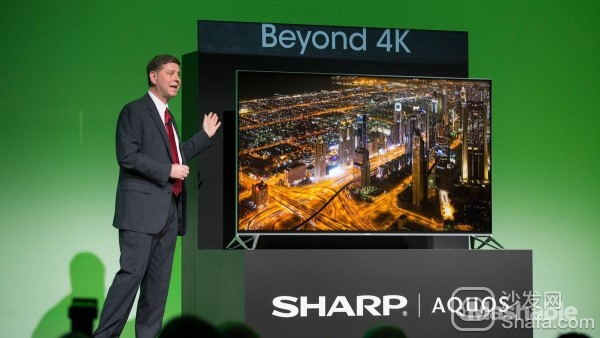
When 4K has become the standard for high-quality video, some people have pointed out that 1080p can already exhibit retinal-quality imagery beyond a reasonable screen size and viewing distance (unless your TV is bigger than 60 inches, otherwise you can't What is the difference?) But manufacturers are still moving forward and consumers are responding.
The information is clear: consumers want higher resolution. At the conference, we can see more publicity of 8K TV, which has 4 times the resolution of 4K TV. From a practical perspective, if 8K replaces 4K, then we may have to recast the entire content ecosystem to keep up.
2. Quantum dots are unique
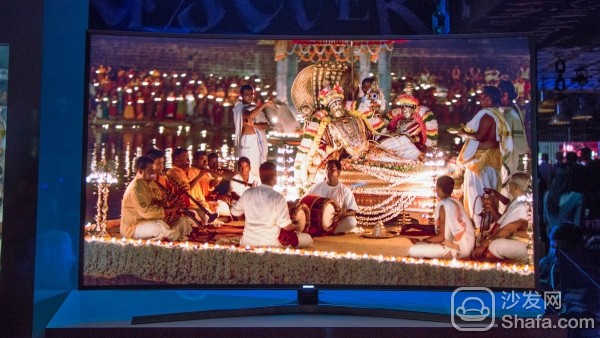
Quantum dot technology is not just a pixel issue. As technology matures, we can use better TVs. Quantum-dot TVs have an extra tiny crystal layer that can increase color performance by 30%. Initially, quantum dot technology was used only in limited products, after which Samsung applied it to its flagship SUHD TV. This means that this technology has already begun to take shape and will become more common in the coming months.
3. Bigger and thinner

At the beginning of the 21st century, manufacturers are still competing for bigger screens, and now they have switched to thin competition. Sony's Bravia 4K TV is thinner than any Xperia phone. It's not very likely that this is the limit, because the tube for power transmission on television must occupy a certain volume. There may be other reasons why LG will push OLEDs, but one thing is not to be ignored: OLEDs are much thinner than LCDs. Not enough for the general public, the television is now big enough and thin.
4. To bend!

In 2014 Samsung took big bets on curved television and saw results. According to company information, half of the 4K TVs sold last year were curved televisions. As a response to this situation, the company has placed a large number of curved TVs on its SUHD TVs and is also developing other surface models. Competitors such as LG and Hisense also use their methods to respond.
For 4K, the visual benefits of curved screens are questionable, but there is no doubt that it can please some consumers. Surface design is important for computer monitors. It seems that almost every manufacturer presents a curved surface product at CES.
LG's curved phone, Flex 2, proves that there is also a market for curved screens on mobile devices. In today's mobile ecosystem, perhaps the surface is not mainstream, but it allows top manufacturers to mass produce these products, indicating that the era of curved surfaces is coming.
5. Smart is common but not just
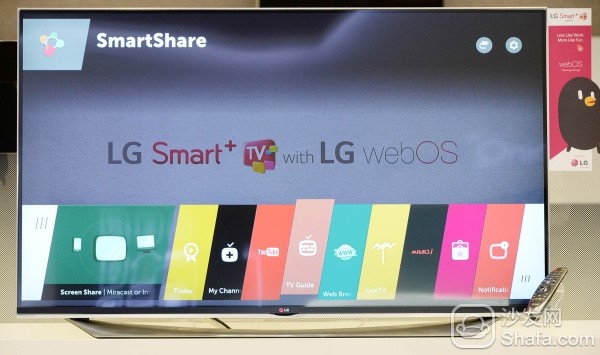
Unsurprisingly, every TV manufacturer is producing smart TVs. Almost all TVs have an app interface. But no one will buy TV because of UI, no matter how good it is. Although the smart TV system still cannot connect with the cable TV box, the TV system has already cooperated with content providers such as Netfix and YouTube, and Samsung and LG have also promoted smart home connected systems at CES, so users can continue to benefit from this.
However, there is no change in the interface. The concept of smart TV is not very exciting.
6. Content is still king

The Sling TV announced by Dish at CES 2015 is the largest television-related news. It provides TV channel service to users through the Internet, and can watch cable network channels including CNN, ESPN, etc. Consumers do not need to install wired cable, Sling TV There is potential to truly usher in the dawn and avoid the failure of Aereo.
Recommended installation sofa butler, download address: http://app.shafa.com/
